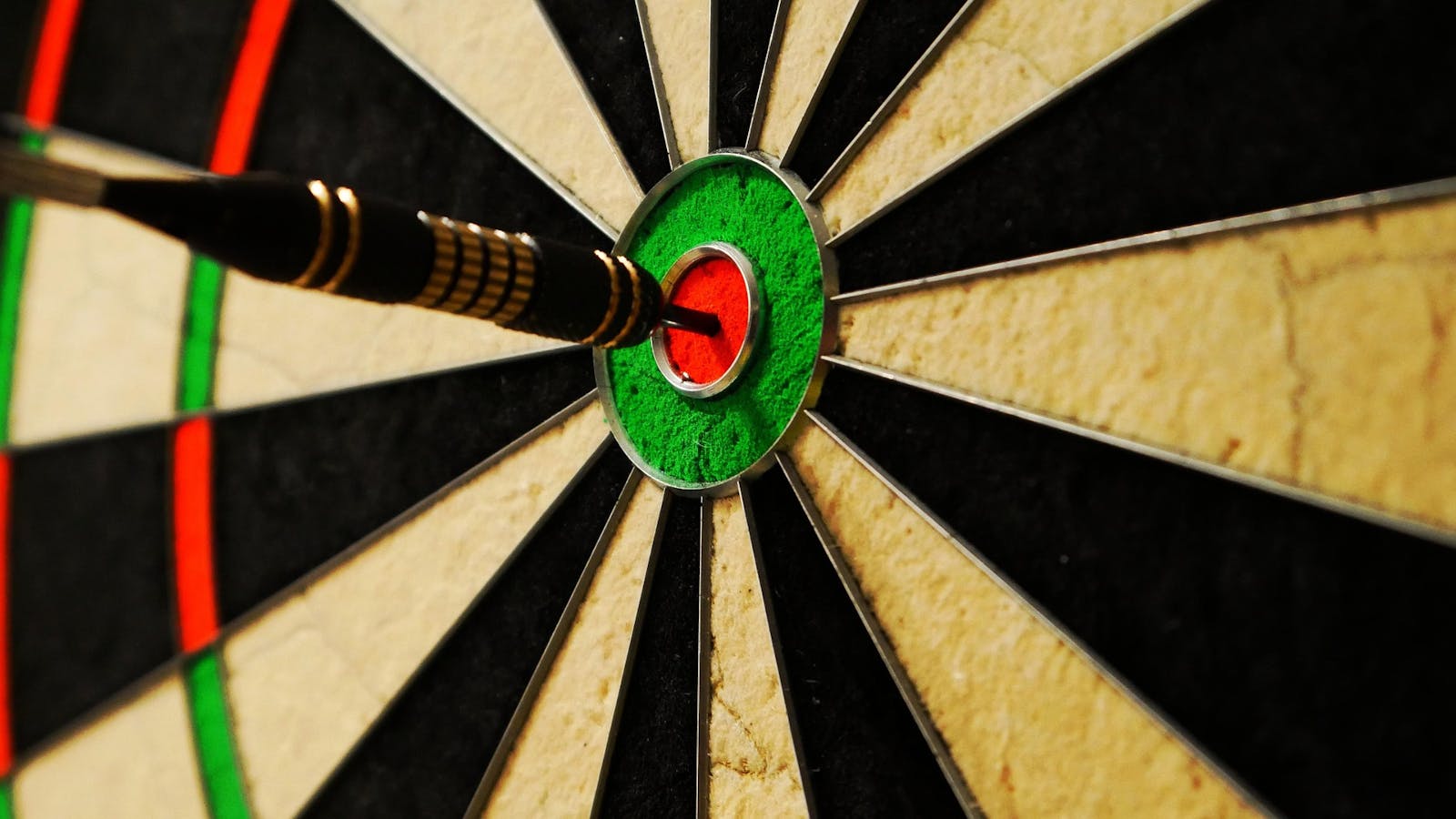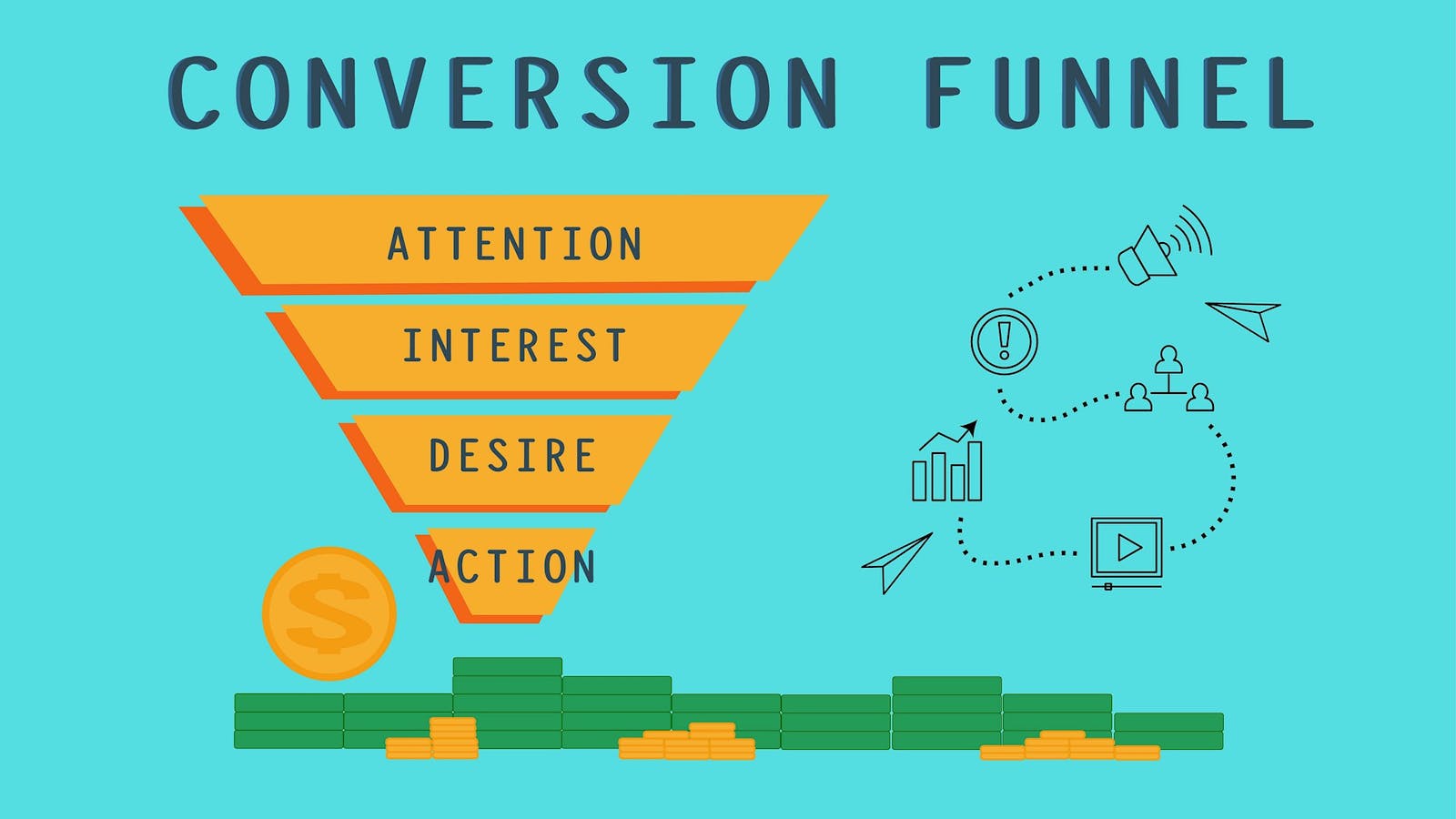
From B2B to B2C: Mastering Consumer Campaign Evaluation Timelines
CP Advertising
8/20/2025
CP Advertising
8/20/2025
Advertising performance is tricky. What makes a campaign stand out? What makes a campaign successful? At what point do we have enough data to accurately measure that success?
When it comes to facing the challenges of applying enterprise decision-making frameworks to campaigns targeting individual consumers, it’s important for marketers to understand the consumer sales cycle. Consumer-focused campaigns operate on different rhythms, yet many B2B leaders make the mistake of either pulling the plug too early or waiting too long to optimize, costing valuable budget and missed opportunities.
The question isn't just about patience—it's about knowing exactly when to act on which metrics. Here's your comprehensive guide to timing consumer ad campaigns when your company culture is built around B2B thinking.
Understanding the Consumer vs. B2B Advertising Divide
Traditional B2B campaigns can take 6-12 months to show meaningful ROI, with complex attribution across multiple touchpoints and lengthy consideration periods. Consumer campaigns, by contrast, operate in compressed timeframes where purchase decisions happen within days or weeks, not quarters.
This fundamental difference creates cognitive dissonance for B2B marketers. The impulse is either to apply B2B patience to consumer campaigns (missing optimization windows) or to expect immediate B2B-level conversion volumes (leading to premature campaign shutdowns).
The solution lies in understanding that consumer campaigns require layered evaluation periods, each serving different optimization purposes.
The Three-Tier Timeline Framework
Tier 1: The Quick Win Window (Days 1-14)
What to measure: Click-through rates, cost-per-click, engagement rates, initial traffic patterns and audience response signals.
Why this matters: Consumer attention spans are shorter, and initial engagement metrics reveal whether your creative and targeting resonate with your intended audience. Poor performance here indicates fundamental messaging or audience misalignment.
Actionable steps:
- Set up daily monitoring dashboards for engagement metrics
- Prepare creative variations for A/B testing within the first week
- Establish baseline cost-per-click expectations based on industry benchmarks
- Monitor audience quality indicators (time on site, bounce rate, page depth)
Red flags that require immediate action:
- Click-through rates below 1% for display or 2% for search campaigns
- Cost-per-click 50% above industry averages with poor engagement
- High bounce rates (above 70%) combined with low time on site
Quick optimization tactics:
- Adjust audience targeting parameters
- Test different ad creative or headlines
- Refine keyword bidding strategies
- Pause poorly performing ad sets
Tier 2: The Conversion Clarity Phase (Days 15-45)
What to measure: Conversion rates, cost-per-acquisition, customer lifetime value indicators and funnel progression metrics.
Why this matters: Consumer purchase cycles are shorter than B2B, but still require some consideration time, especially for higher-value products or services. This period reveals true conversion potential and allows for meaningful statistical analysis.
Actionable steps:
- Implement comprehensive conversion tracking across all touchpoints
- Analyze conversion paths to understand customer journey patterns
- Calculate preliminary customer acquisition costs
- Segment performance by audience demographics and interests
- Begin attribution analysis to understand assist conversions
Key performance indicators to track:
- Conversion rate trends (looking for consistency, not just peaks)
- Cost-per-acquisition relative to customer lifetime value
- Return visitor conversion rates versus new visitor rates
- Mobile versus desktop performance differences
Optimization strategies:
- Refine landing page experiences based on traffic behavior
- Adjust budget allocation toward highest-performing audiences
- Implement retargeting campaigns for engaged non-converters
- Test different conversion incentives or offers
Tier 3: The Strategic Assessment Window (Days 45-90)
What to measure: Customer lifetime value, repeat purchase rates, brand awareness lift, market share impact and comprehensive ROI analysis.
Why this matters: This is where B2B analytical rigor pays off in consumer marketing. You now have sufficient data volume and time depth to make strategic decisions about campaign scaling, budget reallocation or fundamental strategy shifts.
Actionable steps:
- Conduct cohort analysis to understand customer value progression
- Perform comprehensive attribution analysis across all channels
- Calculate true customer lifetime value with actual behavioral data
- Analyze competitive impact and market positioning effects
- Develop predictive models for campaign scaling
Strategic decisions to make:
- Whether to increase, maintain or reduce campaign budgets
- Which audience segments deserve expanded investment
- How to integrate successful consumer campaigns with existing B2B operations
- What creative or messaging strategies to adopt company-wide
Industry-Specific Timing Considerations
Technology and SaaS Companies
Consumer-facing tech products often have immediate engagement but delayed value realization. Extend Tier 2 analysis to 60 days to capture subscription renewals or upgrade patterns.
Financial Services
Regulatory compliance and trust-building extend consideration periods. Plan for 60-90 day evaluation cycles, with special attention to lead quality metrics in early stages.
Healthcare and Wellness
Consumer health decisions involve extensive research. Focus heavily on Tier 1 engagement metrics to ensure message resonance, then allow 75-90 days for conversion analysis.
Professional Services
B2B companies offering consumer services (tax prep, legal advice, home services) should expect hybrid timelines—quick engagement but longer consideration periods similar to B2B patterns.
Common Pitfalls and How to Avoid Them
The Premature Optimization Trap
B2B marketers, accustomed to careful testing, often over-optimize consumer campaigns before statistical significance is reached. Resist major changes before day 14 unless performance is catastrophically poor.
The B2B Budget Mentality
Consumer campaigns often require higher initial investment for faster data collection. Don't underfund campaigns then judge them by B2B volume standards.
The Attribution Complexity Error
Consumer journeys are shorter but often multi-device. Invest in proper tracking infrastructure before launch, not after campaigns start underperforming.
The Seasonal Ignorance Problem
Consumer behavior has pronounced seasonal patterns that B2B marketing rarely encounters. Research industry-specific seasonal factors before setting performance expectations.
Building Your Evaluation Calendar
Week 1: Daily monitoring, immediate technical fixes
Week 2: First optimization round, creative testing
Week 3-4: Audience refinement, budget reallocation
Week 5-8: Conversion optimization, funnel improvement
Week 9-12: Strategic assessment, scaling decisions.
Setting Stakeholder Expectations
B2B executives need education about consumer marketing timelines. Create a communication plan that provides:
- Weekly engagement updates (Tier 1 metrics)
- Bi-weekly conversion progress reports (Tier 2 metrics)
- Monthly strategic assessments (Tier 3 analysis)
- Quarterly comprehensive ROI reviews
The Bottom Line
Consumer advertising success for B2B companies requires disciplined patience paired with rapid tactical adjustments. The companies that succeed are those that resist the urge to apply pure B2B timelines while maintaining B2B analytical rigor.
Start fast, optimize quickly, but judge strategically. Your consumer campaigns deserve the same thorough analysis as your enterprise deals—just on a compressed timeline that matches how consumers actually buy.
The key is knowing which decisions to make when and having the systems in place to make them confidently. Master this timing, and you'll unlock consumer market opportunities that many B2B competitors miss entirely.
Ready to apply these timing strategies to your consumer campaigns? Contact us today to develop your strategic campaign calendar.


